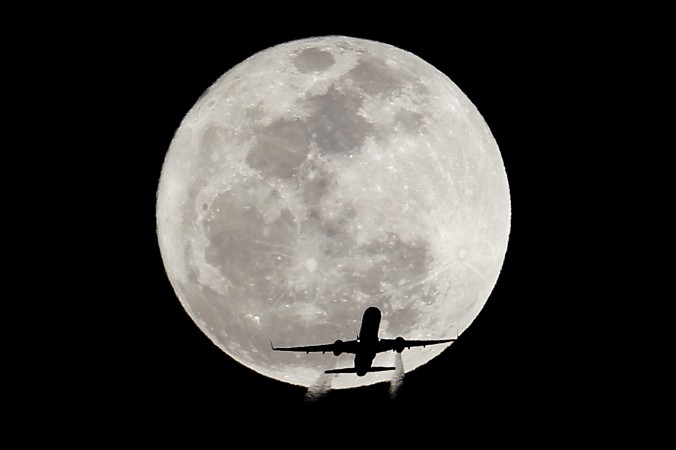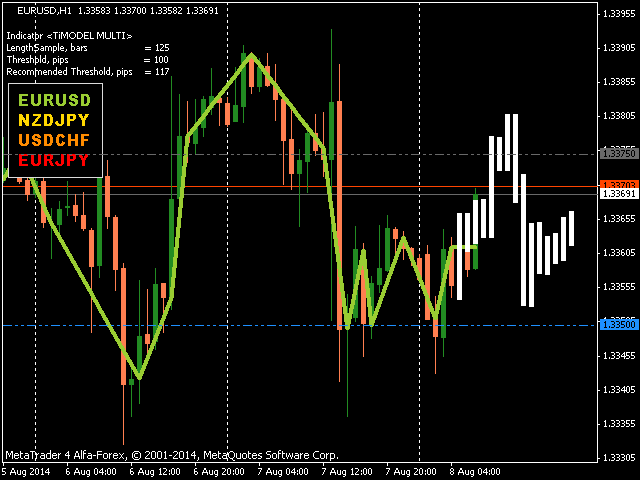mohsen parvazi / Perfil
Freinds I wish God bless all of you
Amigos
390
Pedidos
Enviados
mohsen parvazi

Sebastiaan de Boorder
The August SUPERMOON is supposed to be the closet to Earth.
Supermoons are actually a new or full moon which occurs when the moon is closer to the Earth than usual.
“The scientific term for the phenomenon is ‘perigee moon.’ Full Moons vary in size because of the oval shape of the Moon’s ORBIT. The Moon follows an elliptical path around Earth with one side (‘perigee’) about 50,000 km closer than the other (‘apogee’),”
“Full Moons that occur on the perigee SIDE of the Moon’s orbit seem extra big and bright.”
Because of how close the supermoon is, it can appear as much as 14 percent larger in the sky and 30 percent brighter to our eyes than normal moons. 'moon illusion'
Another one is coming up soon–on August 10. That full moon is called the Full Buck Moon. It’s supposed to be the closest to the Earth out of the five supermoons this year.
The remaining one is scheduled for September 9.
The full moon dates:
September 8, Full Harvest Moon, 9:38 p.m. EDT
October 8, Full Hunter’s Moon, 6:51 a.m.
November 6, Full Beaver Moon, 5:23 p.m.
December 6, Full Cold Moon, 7:27 a.m.
2015
For next year, there will be another six supermoons–on January 20, February 18, March 20, August 29, September 28, October 27. All of these are news moons.
Full moons are slated for January 5, February 3, March 5, April 4, May 4, June 2, July 2, July 31, August 14, September 13, October 13, November 11, and December 11.
There is extensive psychological and biological literature demonstrating that the lunar cycle can heavily influence our moods.
A full moon increases our tendency to feel depressed and pessimistic, and there is a higher rate of suicide around full moons.
This may reflect the fear and tension surrounding increased nocturnal predator action, historically, or psychological issues from sleep deprivation in night light.
So investors may feel more inclined to stay out of the stock MARKET at or near that time, or to sell out of positions: emotions trumping objectivity. A correlation between stock market returns and lunar phases is indeed found by Dichev, Yuan and Hickey in three separate studies.
This indicator shows Lunar Phases : http://www.cronossolutions.com/LunarPhases_By_Nikolay_Panev
Source: the epoch times
Supermoons are actually a new or full moon which occurs when the moon is closer to the Earth than usual.
“The scientific term for the phenomenon is ‘perigee moon.’ Full Moons vary in size because of the oval shape of the Moon’s ORBIT. The Moon follows an elliptical path around Earth with one side (‘perigee’) about 50,000 km closer than the other (‘apogee’),”
“Full Moons that occur on the perigee SIDE of the Moon’s orbit seem extra big and bright.”
Because of how close the supermoon is, it can appear as much as 14 percent larger in the sky and 30 percent brighter to our eyes than normal moons. 'moon illusion'
Another one is coming up soon–on August 10. That full moon is called the Full Buck Moon. It’s supposed to be the closest to the Earth out of the five supermoons this year.
The remaining one is scheduled for September 9.
The full moon dates:
September 8, Full Harvest Moon, 9:38 p.m. EDT
October 8, Full Hunter’s Moon, 6:51 a.m.
November 6, Full Beaver Moon, 5:23 p.m.
December 6, Full Cold Moon, 7:27 a.m.
2015
For next year, there will be another six supermoons–on January 20, February 18, March 20, August 29, September 28, October 27. All of these are news moons.
Full moons are slated for January 5, February 3, March 5, April 4, May 4, June 2, July 2, July 31, August 14, September 13, October 13, November 11, and December 11.
There is extensive psychological and biological literature demonstrating that the lunar cycle can heavily influence our moods.
A full moon increases our tendency to feel depressed and pessimistic, and there is a higher rate of suicide around full moons.
This may reflect the fear and tension surrounding increased nocturnal predator action, historically, or psychological issues from sleep deprivation in night light.
So investors may feel more inclined to stay out of the stock MARKET at or near that time, or to sell out of positions: emotions trumping objectivity. A correlation between stock market returns and lunar phases is indeed found by Dichev, Yuan and Hickey in three separate studies.
This indicator shows Lunar Phases : http://www.cronossolutions.com/LunarPhases_By_Nikolay_Panev
Source: the epoch times

3
:





